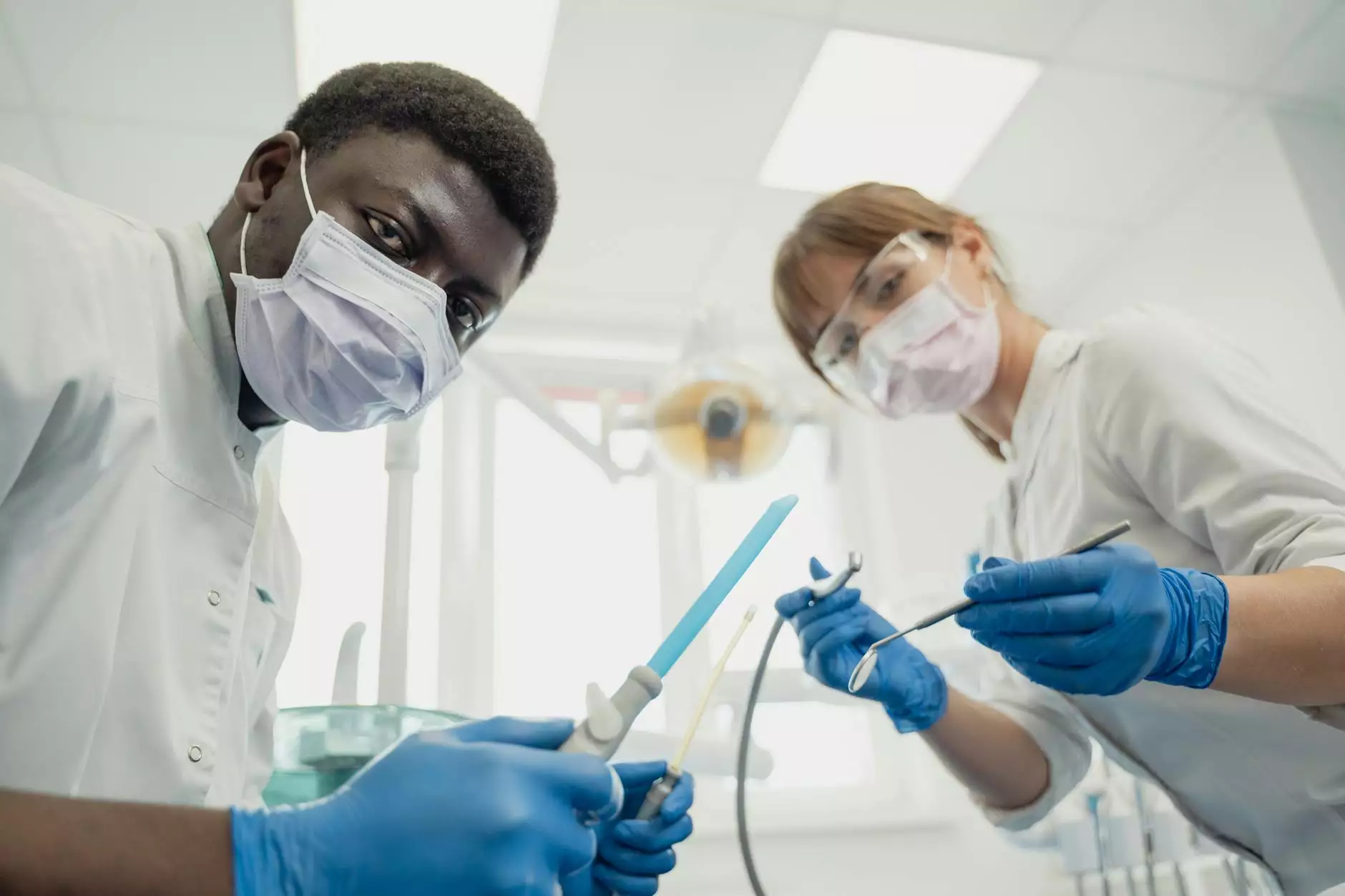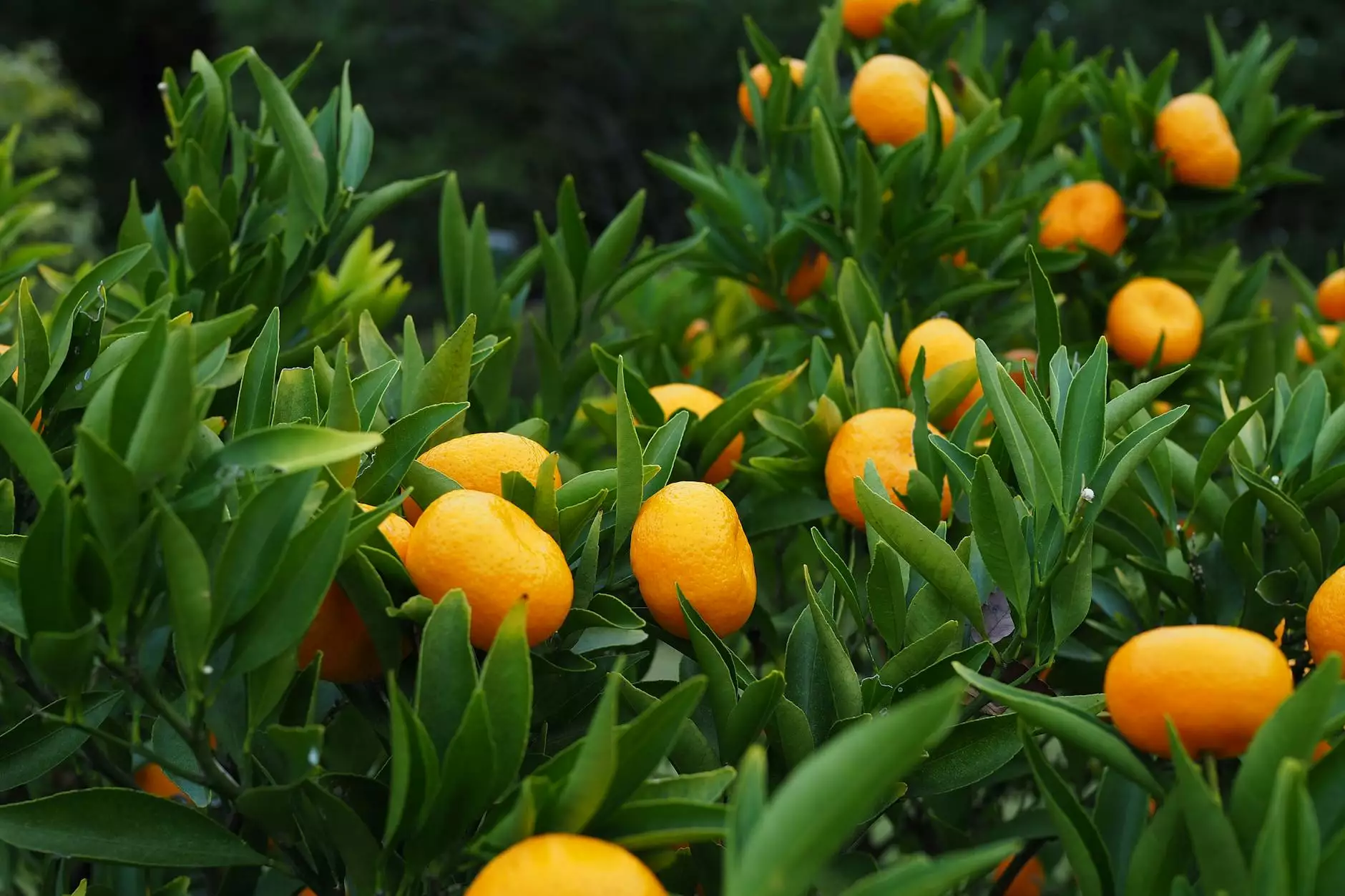Lizard Pets: Your Comprehensive Guide to Choosing the Perfect Companion

Understanding the Appeal of Lizard Pets
Lizard pets have gained immense popularity among exotic pet lovers for their unique appearances, fascinating behaviors, and relatively low maintenance compared to traditional pets like dogs and cats. These cold-blooded companions come in various shapes, sizes, and colors, making them suitable for a wide range of personalities and lifestyles.
In this comprehensive guide, we will explore different lizard species, their care requirements, breeding options, and how to ensure a happy, healthy life for your scaly friends. Whether you are a seasoned reptile enthusiast or a first-time pet owner, this article will help you navigate the exciting world of lizard pets.
Choosing the Right Lizard for You
Before settling on a species, it's crucial to consider your lifestyle, living space, and level of commitment to pet care. Here are some popular lizard species that make excellent pets:
1. Bearded Dragon (Pogona vitticeps)
The bearded dragon is one of the most popular choices for beginners due to its friendly nature and manageable care requirements. They can grow up to 24 inches long and require a spacious habitat with a basking area and UVB lighting. Bearded dragons are omnivorous, enjoying a mix of insects and greens in their diet. Their docile temperament makes them an excellent choice for families.
2. Leopard Gecko (Eublepharis macularius)
Leopard geckos are nocturnal creatures that display a variety of beautiful color morphs. Growing to about 8 to 10 inches, they thrive in smaller enclosures compared to other lizards. Easy to handle and requiring minimal care, leopard geckos primarily eat insects and are known for their gentle disposition, making them great for beginners.
3. Crested Gecko (Correlophus ciliatus)
The crested gecko, famous for its charming appearance and lively personality, is another favorite among reptile enthusiasts. Their unique crest runs from their eyes to their tail, providing a caricature-like look. These geckos thrive in humid environments and primarily consume fruit-based diets. They are relatively low-maintenance and are suitable for various experience levels.
4. Blue Tongue Skink (Tiliqua spp.)
Blue tongue skinks are robust lizards known for their distinct blue tongues, which they display when threatened. These lizards can grow up to 24 inches long and require larger enclosures. They have a varied diet that includes fruits, vegetables, and proteins, making them relatively easy to feed. Their calm demeanor makes them great companions.
5. Ball Python (Python regius)
Although primarily known as snakes, many enthusiasts bundle ball pythons within the exotic lizard category due to their similar care needs. Ball pythons are docile and easy to handle, making them a reliable choice for novice reptile keepers. They thrive in appropriately sized enclosures with heat sources and enjoy a diet of frozen or live rodents.
Setting Up the Perfect Habitat
Once you’ve chosen your lizard pet, the next step is setting up a proper habitat. The enclosure should mimic their natural environment as closely as possible, ensuring they feel secure and comfortable.
Choosing the Right Enclosure
The size and type of enclosure will depend on the species you choose. Here are general guidelines for various lizard pets:
- Bearded Dragons: A 40-gallon terrarium is ideal for adults, featuring a basking area, hiding spots, and ample room to explore.
- Leopard Geckos: A 20-gallon tank is sufficient; have substrate that allows digging and hiding spots.
- Crested Geckos: A 20-gallon tall terrarium works best, with plenty of vertical space for climbing.
- Blue Tongue Skinks: A 40-gallon enclosure is recommended, with a secure lid to prevent escape.
Essential Equipment
To create a suitable habitat, consider the following necessary equipment:
- Heat Sources: Each lizard species requires different temperature ranges. Use heat lamps, heat mats, or ceramic heaters to maintain the correct environment.
- Lighting: UVB lighting is critical for many lizard pets to help them synthesize vitamin D3, which is vital for calcium absorption.
- Substrate and Décor: Choose substrates compatible with your lizard's natural habitat. Include hiding spots, climbing branches, and plants for enrichment.
Caring for Your Lizard
Proper care is paramount in ensuring that your lizard pets flourish. Here are the essential aspects of lizard care:
Dietary Needs
Feeding your lizard the right diet crucially influences its health. Each species has specific dietary requirements. Here’s a general guideline:
- Bearded Dragons: A mix of live insects (like crickets and roaches) and greens (such as collard greens and squash).
- Leopard Geckos: Primarily insects like mealworms, crickets, and waxworms. Dust food with calcium powder regularly.
- Crested Geckos: A diet of commercial gecko food, fruits, and insects. Ensure hydration is maintained.
- Blue Tongue Skinks: A combination of commercial pellets, fruits, and leafy greens.
Health Monitoring
Regular health checks are vital for early detection of issues. Observe your lizard's behavior and look for signs of illness including:
- Decrease in appetite
- Changes in shedding patterns
- Discharge from eyes or nose
Consult your veterinarian experienced with reptiles if you notice any abnormalities.
Handling and Socialization
Many lizards can be handled, but it’s essential to do so properly. Start by letting your lizard acclimate to its new environment. Once comfortable, gently scoop it up and support its body. Regular handling helps your lizard become more sociable, but always respect its comfort level and avoid forcing interactions.
Breeding Lizard Pets
If you're interested in lizard pets, breeding can be a rewarding endeavor. It’s essential to understand the breeding requirements for the specific species you own.
Preparation for Breeding
Before breeding, ensure that both the male and female are healthy and of appropriate age and size. Provide an ideal breeding environment with the right temperature and humidity levels. Creating a nesting site is critical, especially for species requiring it.
Incubation
After mating, females will lay eggs or give birth, depending on the species. Proper incubation conditions are vital. Here are general tips for incubating lizard eggs:
- Temperature: Maintain a stable temperature, usually between 80-85°F.
- Humidity: Eggs need constant humidity (around 70-90%) to develop.
- Containers: Use a clean, ventilated box filled with moist substrate for laying eggs.
Conclusion: The Joys of Having Lizard Pets
Lizard pets can bring immense joy and fascination into your life. They are not only stunning to observe but also allow for a unique bond between keeper and pet. With the proper knowledge and care, these exotic creatures can thrive in your home for many years.
As you embark on your lizard-keeping journey, remember to always stay informed about your pet’s needs, provide a suitable habitat, and engage with them regularly. With dedication and love, your lizard will be a wonderful companion.
Visit eu-exoticreptiles.com for more information on lizard pets and other exotic pets!
lizards pets








